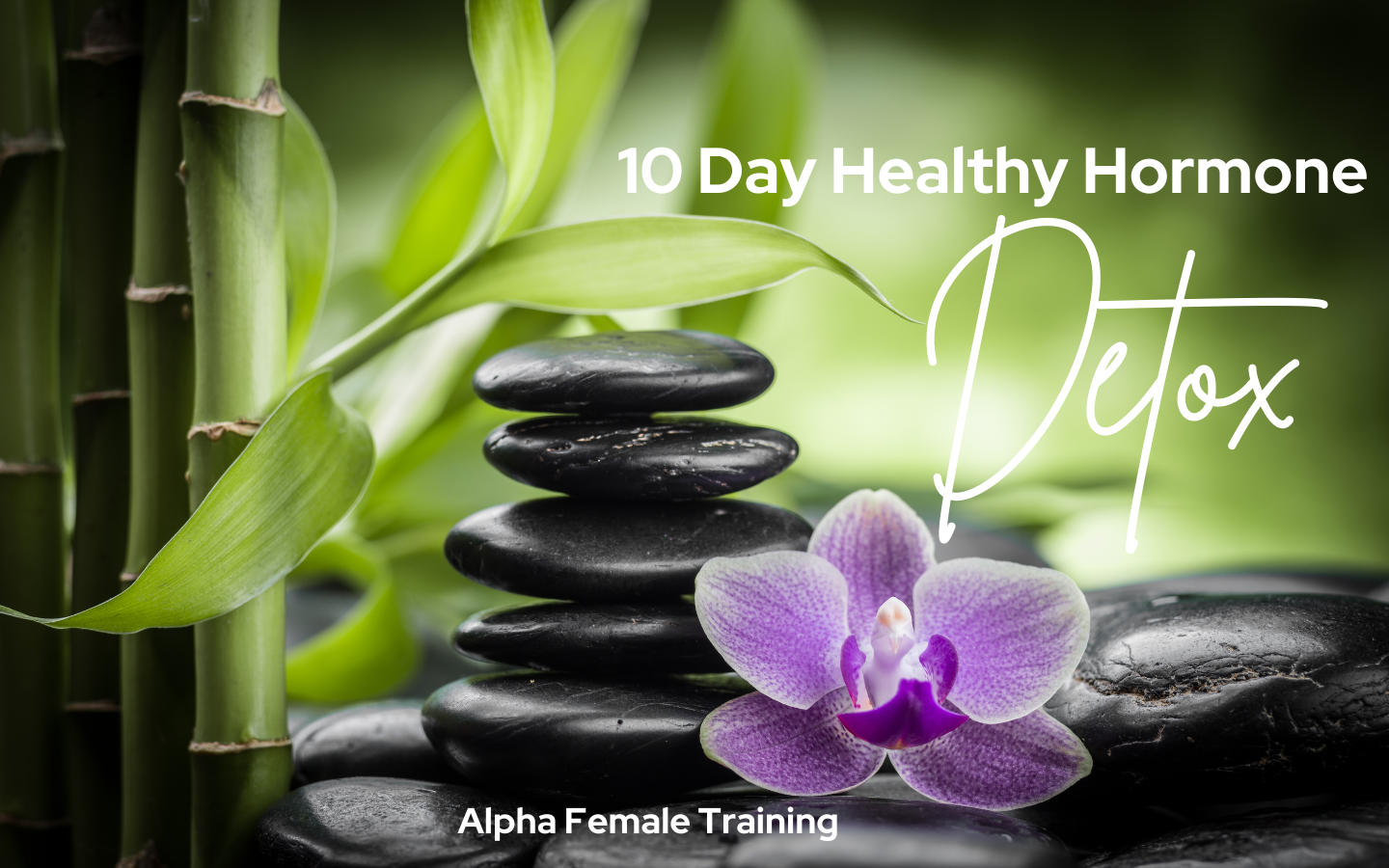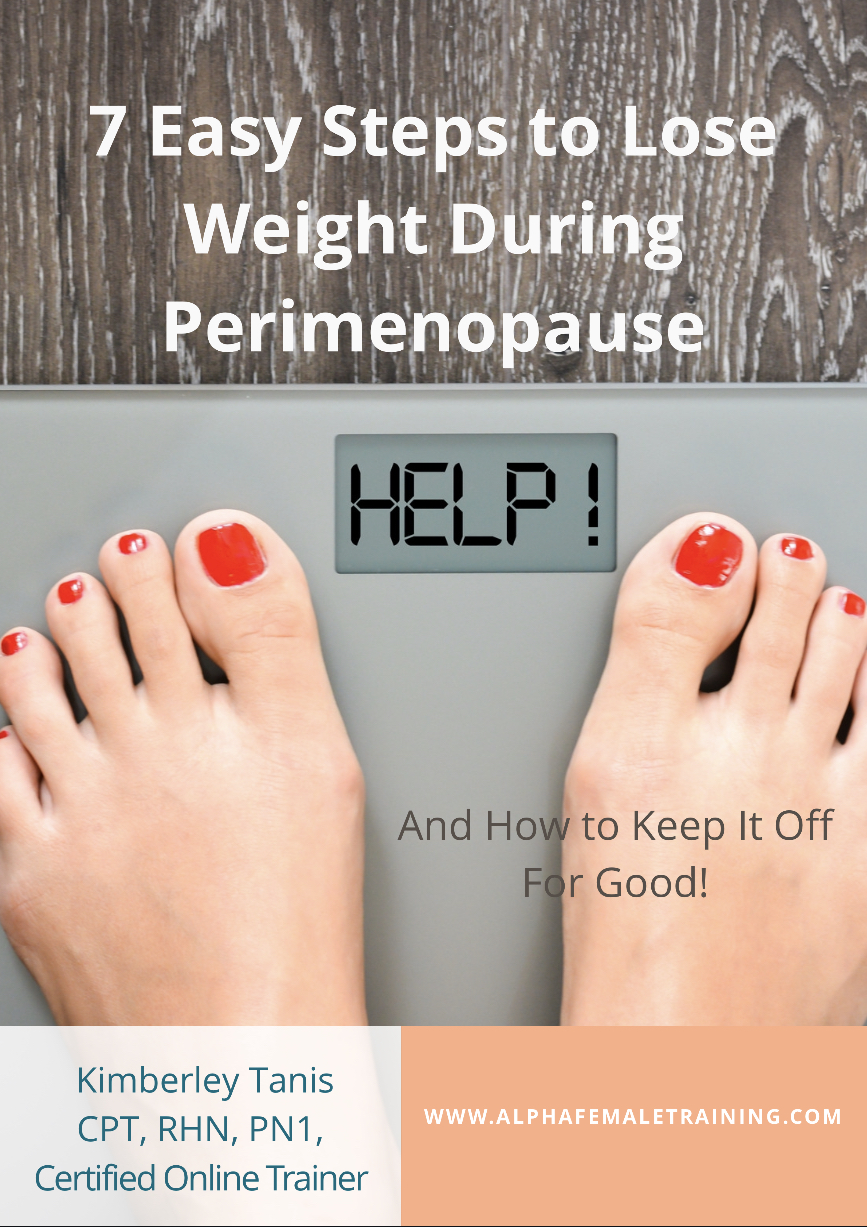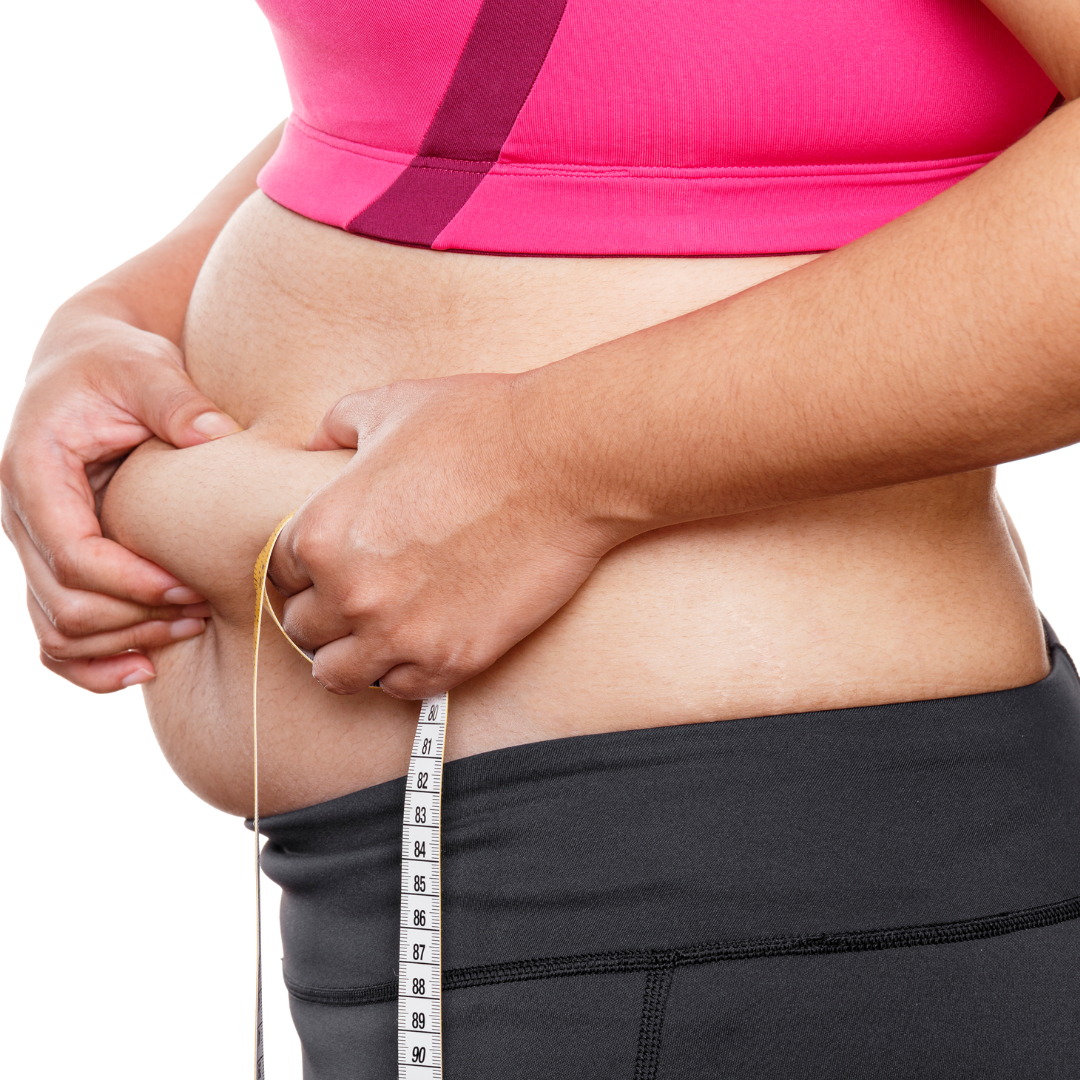HFLC vs Keto Diet (high fat low carb)
HFLC vs Keto Diet - What’s The Difference?
The ketogenic diet is becoming increasingly popular as a means of achieving lasting weight loss. However, before deciding to follow this diet, it's essential to understand the facts.
The keto diet is an extremely low-carbohydrate diet that replaces carbs with moderate amounts of protein and high quantities of healthy fats. However, many people mistakenly believe that simply eating fewer carbs and more fat is all there is to a keto diet. In reality, this can describe the basis of any high-fat low-carb (HFLC) diet, of which there are many.
HFLC diets focus on eliminating unhealthy carb sources like refined grains and sugary foods and replacing them with whole foods, including healthy fats, moderate amounts of protein, and vegetables. While some carb sources, such as whole grains and fruits, may be included on an HFLC diet, they are not typically eaten on a keto diet. Thus, while keto is an example of an HFLC diet, not all low-carb diets are ketogenic.
The primary goal of a ketogenic diet is to induce ketosis - a metabolic state where your body uses fat instead of glucose as its primary energy source. However, the specific macronutrient breakdown required to induce and maintain ketosis is the main difference between an HFLC and ketogenic diet.
So, which HFLC route is the best? Well, it depends on your goals. To help you decide if either of these diets is right for you, let's review some key differences between HFLC diets and the ketogenic diet as a starting point.
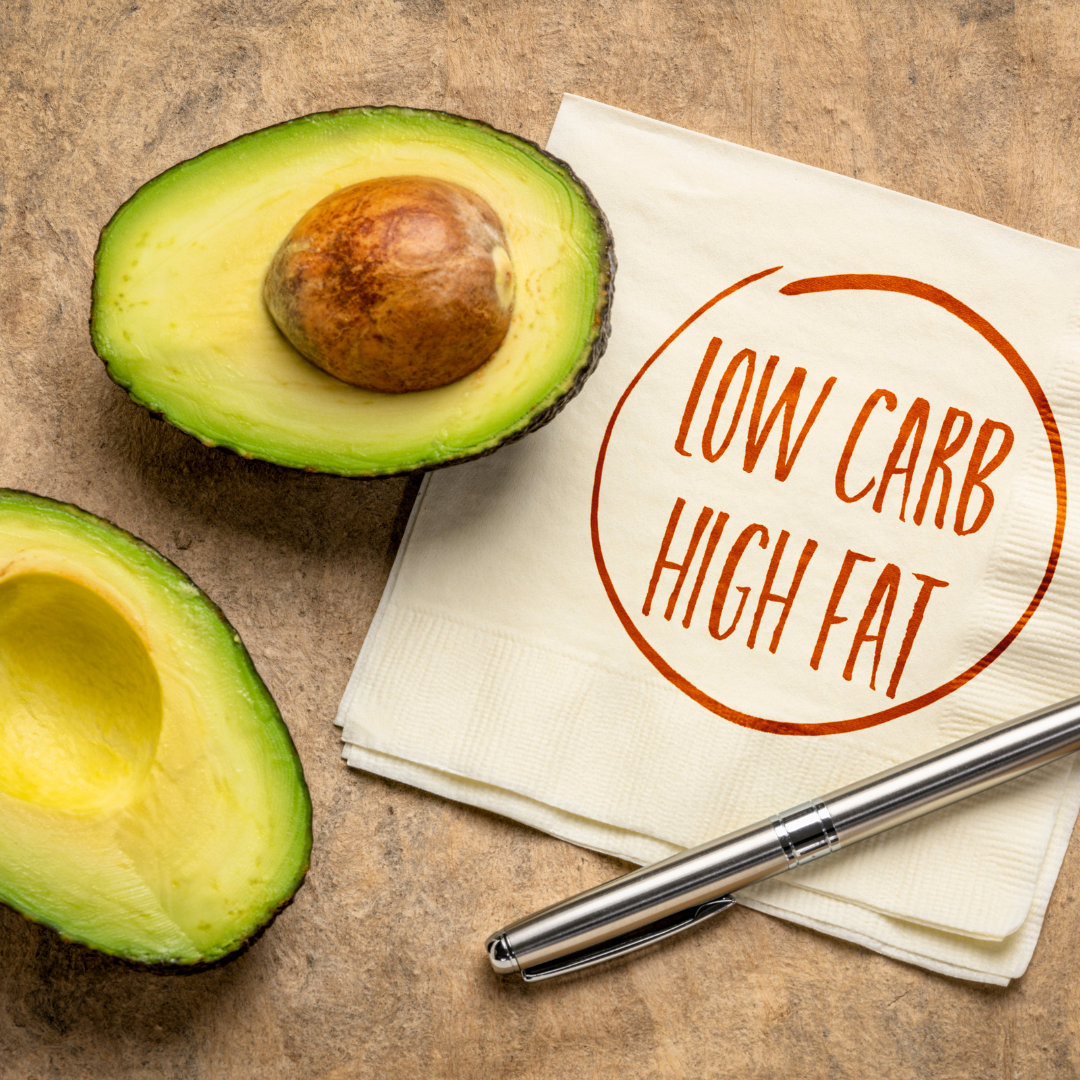
HFLC vs Keto Diet- which is better?
The ketogenic diet, or keto for short, is gaining popularity as a miracle weight loss and energy-boosting diet. However, before jumping on the bandwagon, it's important to understand what the diet involves.
Keto is an extremely low-carbohydrate diet that replaces carbs with moderate protein and large amounts of healthy fats. Originally, it was developed to help manage seizures in children.
It's important to note that not all low-carb diets are ketogenic. Ketosis is the metabolic state where the body uses fat instead of glucose as its primary energy source. The exact breakdown of macronutrients required to induce and maintain ketosis varies for each person.
To determine if you're in ketosis, you need to monitor your body's ketone levels through urine or blood testing strips. If you're not tracking your macronutrient intake and ketone levels, you may be following more of a high-fat low-carb (HFLC) diet, which is less strict and includes more whole foods, some whole grains and fruit, and vegetables.
In summary, while keto may work for some, it's important to understand the differences between a true ketogenic diet and a HFLC diet, and to consult with a healthcare professional before starting any new diet.
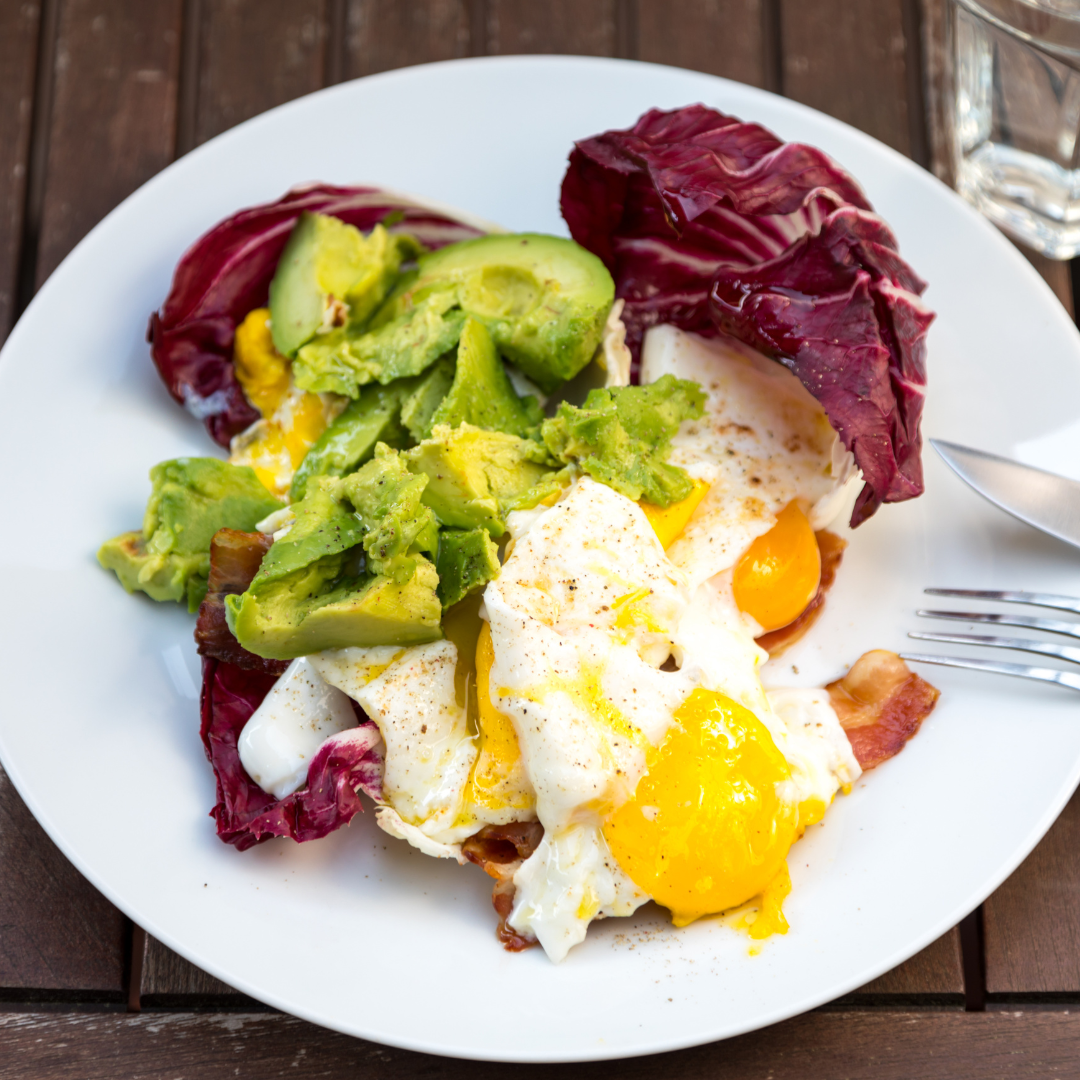
Main differences between ketogenic and HFLC diets breakdown:
● Ketogenic
○ Main goal - induce ketosis - stick to less than 50g of carbs per day
○ Primary fuel source is fatty acids and ketone bodies from fat
○ Requires strict breakdown of macronutrients to maintain ketosis
○ Very little carbohydrate – usually 5-10% of total calorie needs
○ Moderate amounts of protein – about 20% of total calorie needs and NOT a free for all!
○ Lots of healthy fats (think avocado, nuts, olives, coconut, oils, and grass-fed butter and meats) – about 70% of total calorie needs
● HFLC - high-fat low-carb
○ Main goal - reduce carbohydrate intake, but not necessarily induce ketosis - usually stick to less than 150g per day
○ Primary fuel source is usually glucose from carbs and/or protein
○ No precise breakdown of macronutrients – less strict and many variations
○ Typically includes moderate amounts of carbohydrates and protein
○ Carbohydrate sources shift from refined and starchy, like pasta and sweets, to complex, like sweet potatoes
Whether you choose to follow a HFLC diet or the more rigid ketogenic diet, decreasing carbohydrate intake and increasing fat intake are linked to the following health benefits:
● Weight loss
● Improved blood sugar and insulin levels
● Decreased blood pressure
● Improved HDL/LDL cholesterol ratio
So, what do you think - are YOU ready for the HFLC and/or keto life? Perhaps just a taste with a a great HFLC- and keto-friendly recipe?
Try a spin on an old classic! In some cases HFLC vs Keto Diet can have them same foods.
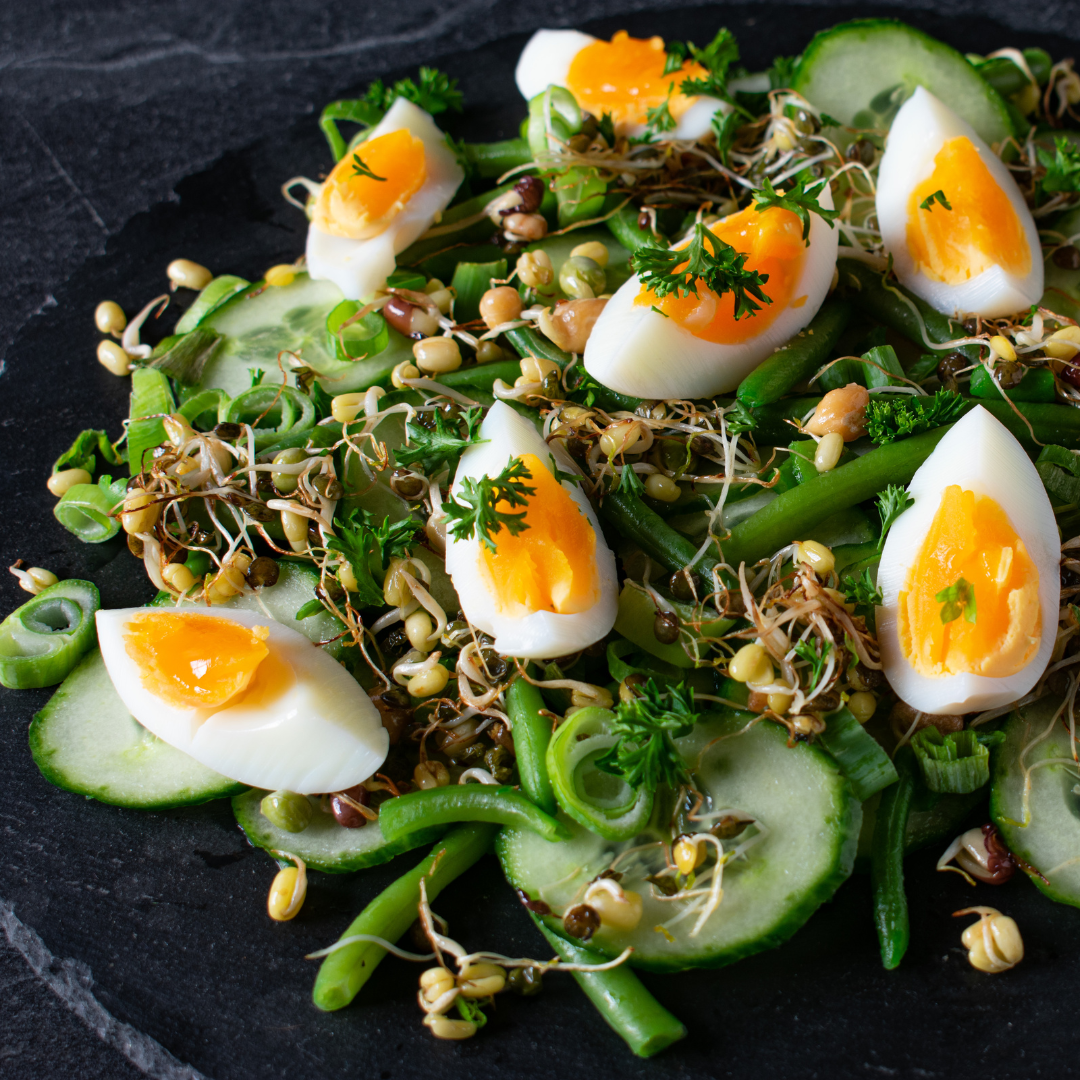
RECIPE for Keto and HFLC Friendly
Avocado Egg Salad
Ingredients
4 large eggs, free range
1 medium avocado
2 tbsp real mayonnaise
1 tbsp each fresh dill and chives, finely chopped
Juice of ½ lemon
Salt and pepper to taste
Dash smoked paprika
Romaine lettuce leaves, for serving
Preparation
1. Hard boil eggs with your preferred cooking method, then cool, peel and chop cooked eggs.
2. In a medium mixing bowl, mash pitted avocado with mayonnaise, herbs, lemon juice, and salt and pepper.
3. Add chopped eggs to avocado mixture and toss to combine. Serve egg salad immediately wrapped in lettuce leaves or chill and then serve. Best eaten same day.
REFERENCES
Healthline: The Ketogenic Diet: A Detailed Beginner's Guide to Keto


